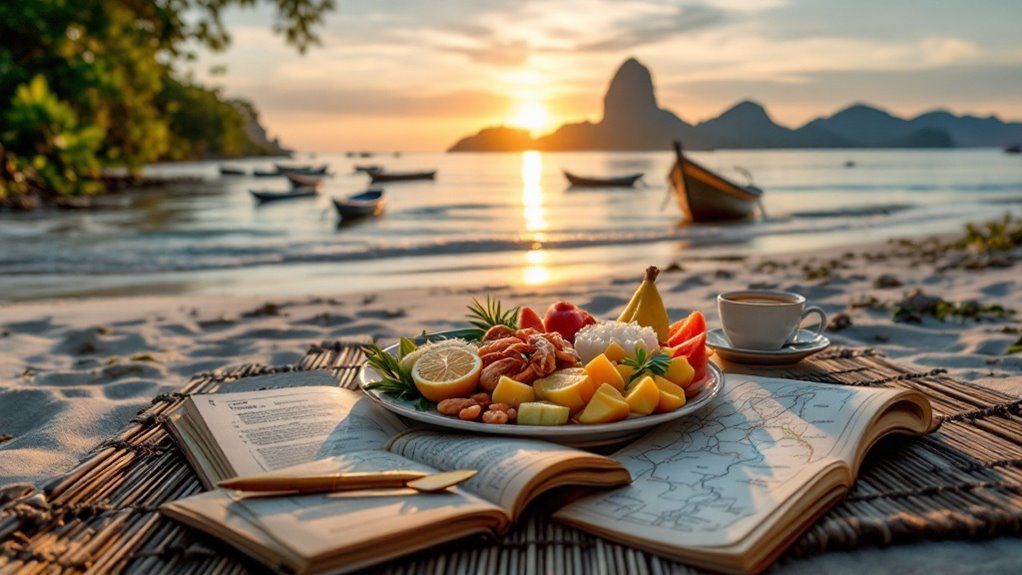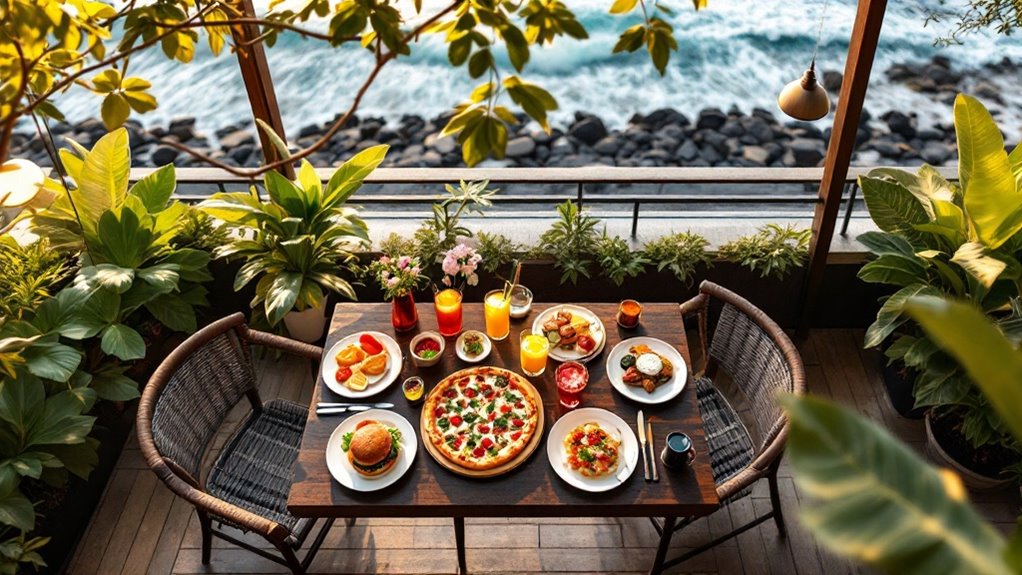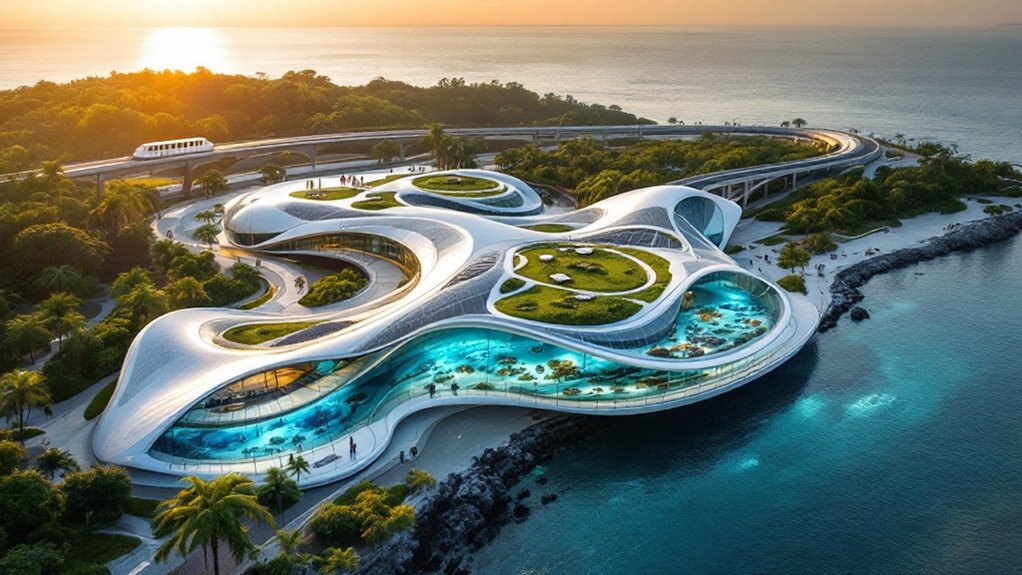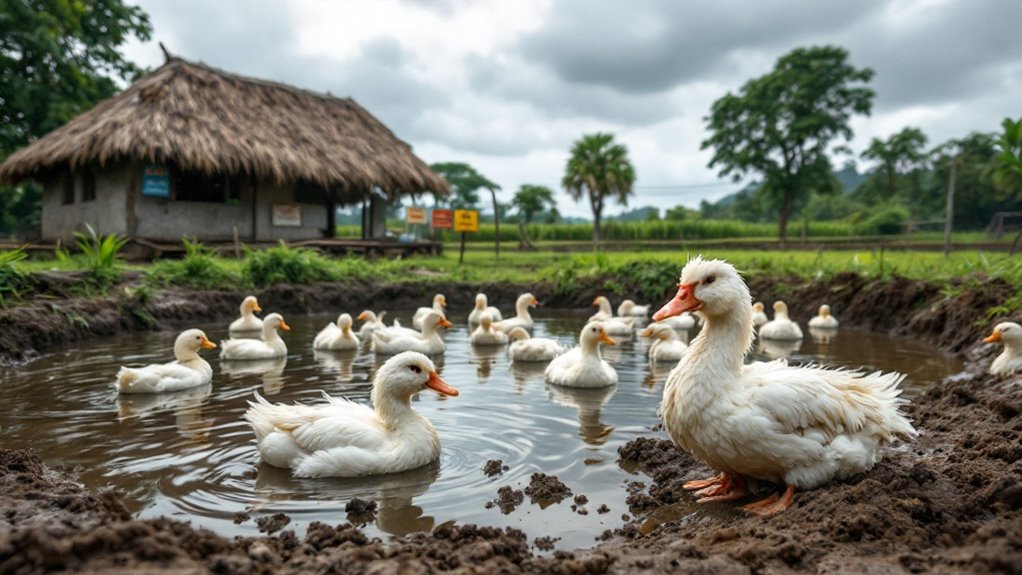Asia’s slow travel trend is redefining destinations like Rayong, Thailand, by encouraging travelers to spend longer periods engaging with local customs, cuisine, and natural beauty. This shift brings extended economic benefits to small businesses and supports cultural preservation. Rayong’s tranquil beaches and seafood culture now attract visitors seeking meaningful, experience-driven stays rather than quick sightseeing. As slow travel widens across other Asian locales such as Seoul, Tokyo, and Chennai, its positive impacts on communities and sustainability are becoming increasingly evident, with further insights ahead.
Although international travel continues to rebound across Asia, a significant trend is emerging as more travelers embrace slow travel, a style emphasizing longer stays and deeper engagement with local culture. Unlike quick visits that prioritize checking off landmarks, slow travel prioritizes meaningful experiences, such as sampling regional cuisine, exploring nature, and forming genuine cultural connections.
Slow travel is rising across Asia, with travelers seeking longer stays and richer connections to local culture and authentic experiences.
Data from Agoda highlights Rayong in Thailand, Kalegowa in Indonesia, Seoul in South Korea, Tokyo in Japan, and Chennai in India as leading destinations for this approach. These cities and regions are favored for their ability to offer authentic, immersive experiences away from the crowded tourist circuits.
Rayong, for example, is recognized for its tranquil beaches and seafood culture, attracting travelers who seek peace and authenticity over busy tourist attractions. Experienced slow travelers often verify water sources before venturing on longer explorations of the region’s natural areas. In India, Chennai stands out as a premier slow travel destination, with Mumbai and Bangalore also popular among those planning extended stays. Many travelers are unable to access certain travel content due to website security restrictions, which can lead to frustration if information about these destinations is blocked.
Seoul, significantly, draws Indian travelers interested in a slower-paced, culturally rich visit, while other destinations such as Nha Trang in Vietnam, Boracay in the Philippines, Taipei in Taiwan, and Kuala Lumpur in Malaysia combine natural beauty and urban culture to suit the slow travel philosophy. Experience-driven travel remains a key motivator for planning trips in these regions, with many visitors seeking out unique activities that foster a deeper connection to each destination.
Domestic travel remains robust, with 74% of travelers planning one to three trips in 2025, and 59% of global travelers considering international journeys, supporting the continued growth of slow travel. Off-season travel is also on the rise, especially in Southeast Asia, where fewer tourists and more authentic experiences are available.
Visiting locations like Hoi An, Vietnam during the low season provides opportunities for peaceful exploration while reducing travel costs and environmental pressure. Climate change has further contributed to year-round accessibility for many destinations, allowing greater flexibility for slow travelers.
Economically, slow travel enhances local economies by encouraging longer stays and sustained spending, benefiting small businesses and artisanal producers. This approach also supports cultural preservation as travelers immerse themselves in local customs, traditions, and even languages or crafts.
Ultimately, Asia’s slow travel trend is redefining destinations like Rayong by fostering sustainable tourism, cultural understanding, and deeper connections between visitors and host communities.









